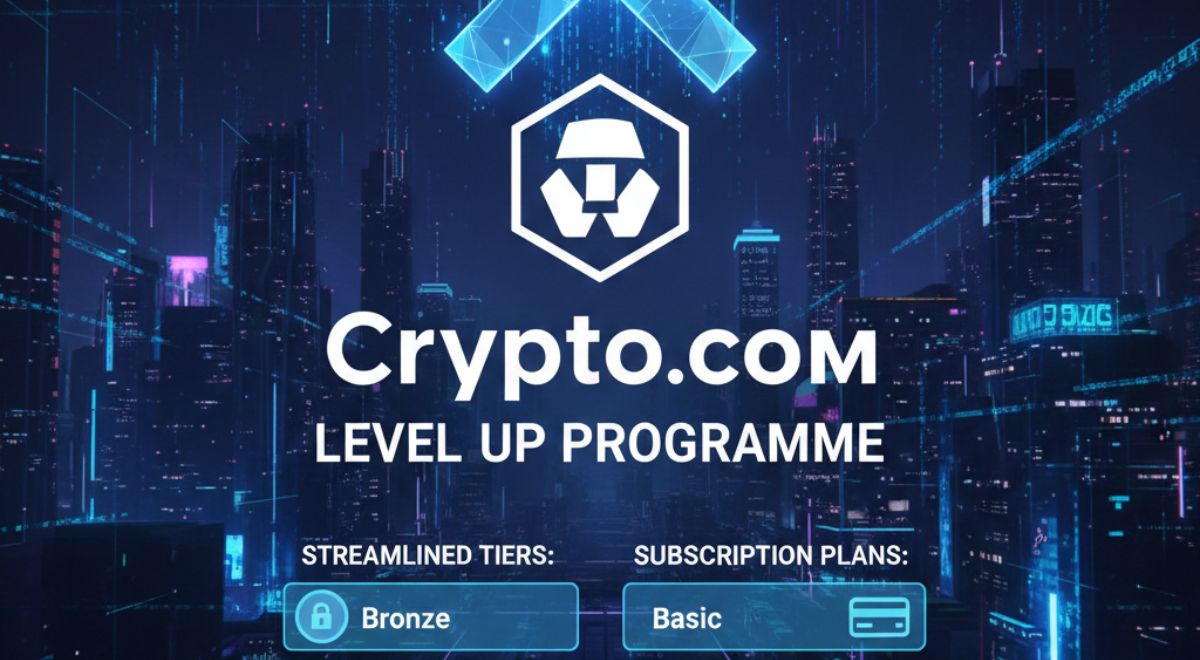In the growing landscape of finance and technology, Initial Coin Offerings (ICOs) have emerged as a groundbreaking method for fundraising. This article aims to demystify the workings of ICOs, providing a beginner-friendly guide.
Table of Contents
ToggleUnderstanding ICOs
Initial Coin Offerings, or ICOs, represent a novel fundraising method where companies issue tokens, often based on blockchain technology, to attract investment. Unlike traditional funding avenues, ICOs leverage the decentralized nature of blockchain to democratize the investment process.
Token Creation and ICO’s: How are they related?
Creating a new cryptocurrency token is essential to any initial coin offering (ICO). These tokens can be used for a number of things within the project, such as representing ownership holdings or granting access to a certain platform. An initial coin offering (ICO) gave rise to Ethereum, the second-largest cryptocurrency by market capitalization.
The idea of smart contracts was first presented at the Ethereum Initial Coin Offering (ICO) in 2014, which allowed programmers to build decentralized apps (dApps) on the Ethereum network.
The Use of Whitepaper in ICO’S
Companies planning an ICO typically release a whitepaper, a comprehensive document outlining the project’s details, goals, and the mechanics of the token. The whitepaper serves as a foundational resource for potential investors, providing insights into the project’s vision and technical specifications.
As a linkable fact, the whitepaper for Bitcoin, the pioneer of cryptocurrencies, was released by its mysterious creator, Satoshi Nakamoto, in 2008. This document laid the groundwork for the revolutionary digital currency.
Token Sale and Funding: The major step in ICO’s
The main step of an initial coin offering (ICO) is to sell investors a set quantity of tokens in return for well-known cryptocurrencies like Ethereum or Bitcoin. Businesses, particularly startups, can obtain funds for their initiatives fast and effectively with the help of this fundraising strategy.
The 2017 Filecoin initial coin offering (ICO), which raised over $257 million in a single month, serves as an excellent example. Using blockchain technology, Filecoin seeks to establish a decentralized storage network, demonstrating the enormous fundraising potential of initial coin offerings (ICOs).
Transparency and Smart Contracts
Smart contracts, essential to the initial coin offering (ICO) process, automate the execution of pre-specified code phrases. Since the terms are accessible and immutable on the blockchain, this automation ensures transparency and speeds the token distribution process.
With the introduction of platforms like Ethereum, which allows the creation of customized contracts for initial coin offerings (ICOs) and other decentralized applications, smart contracts have increased dramatically.
Conclusion
As ICOs continue to reshape fundraising in the digital age, it’s paramount for both entrepreneurs and investors to approach them with diligence. A foundational understanding of ICO fundamentals, scrutiny of whitepapers, and adherence to regulatory considerations will empower stakeholders in navigating the dynamic and transformative world of Initial Coin Offerings.











